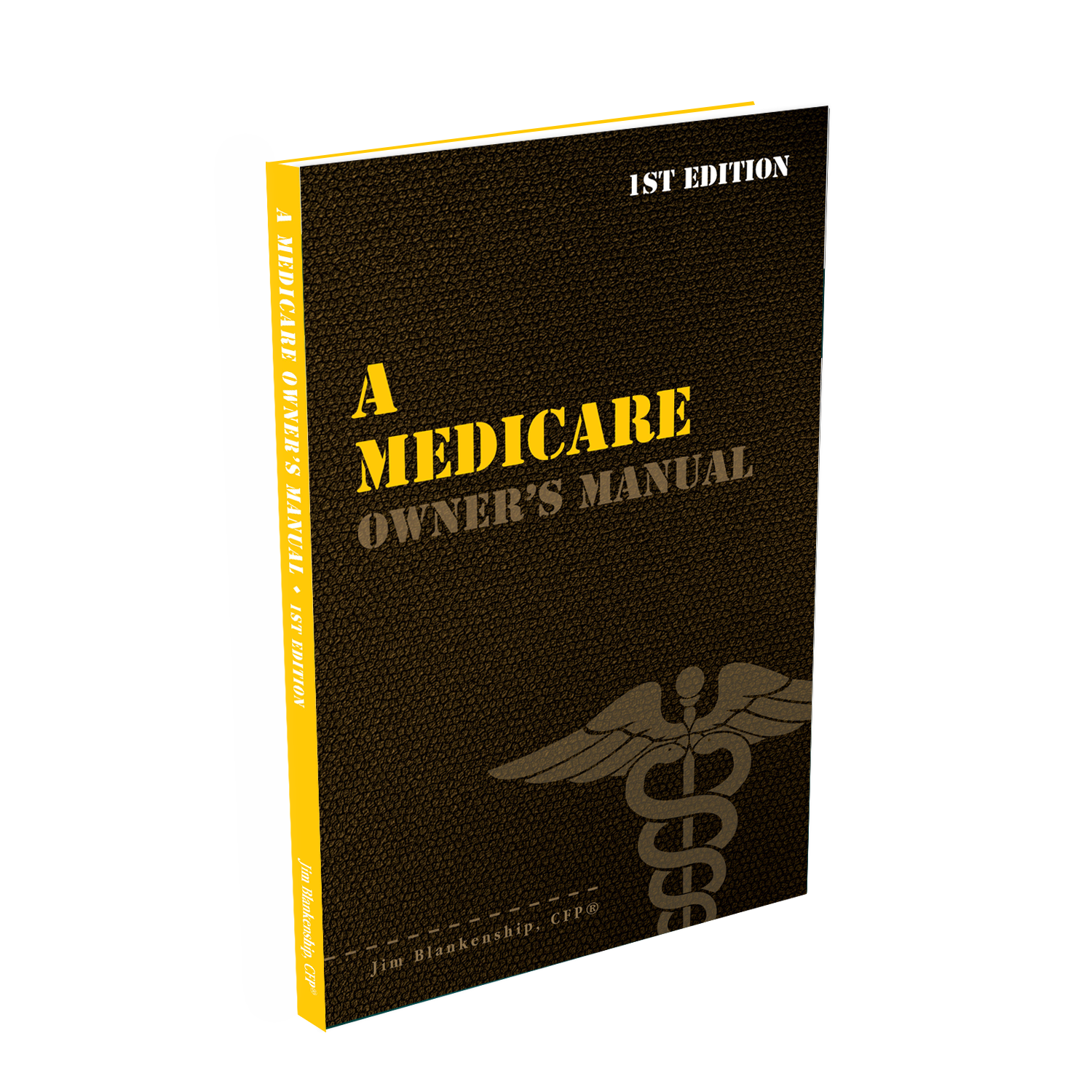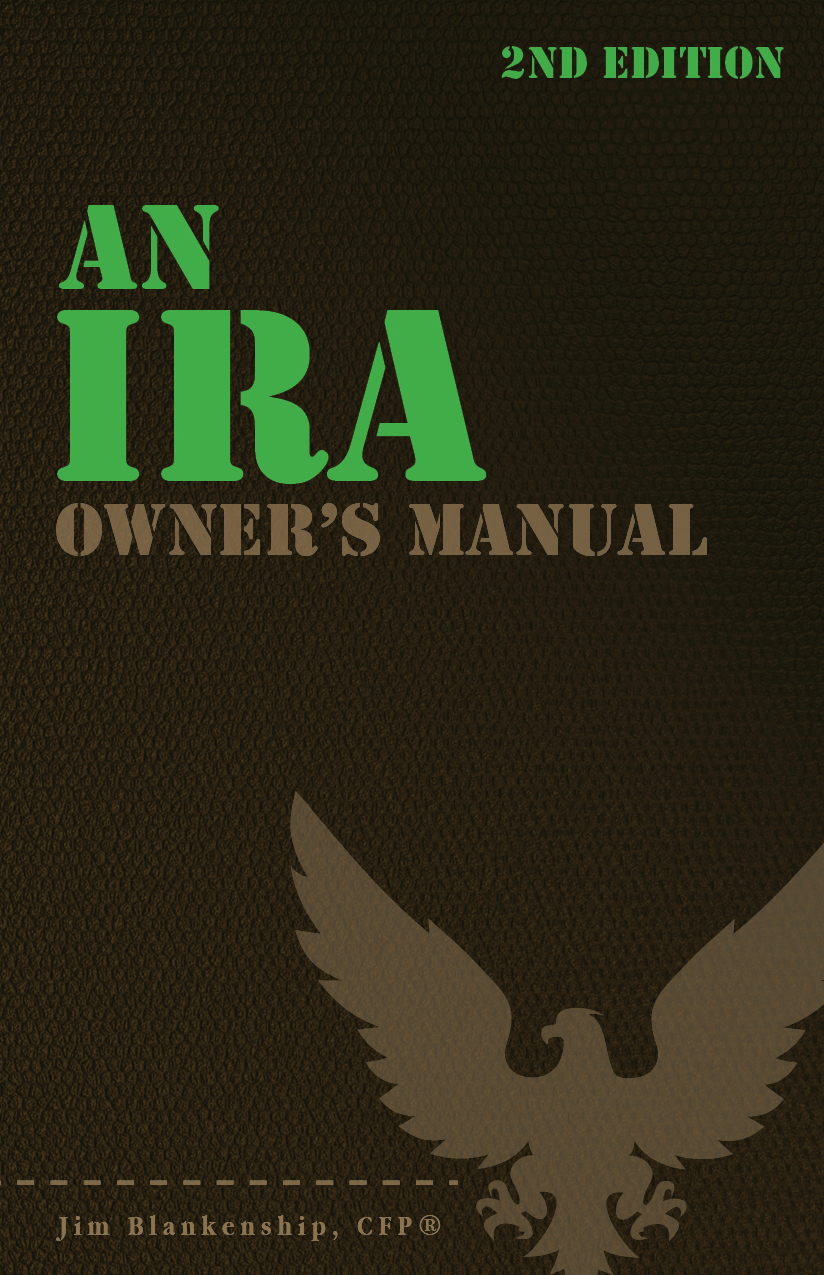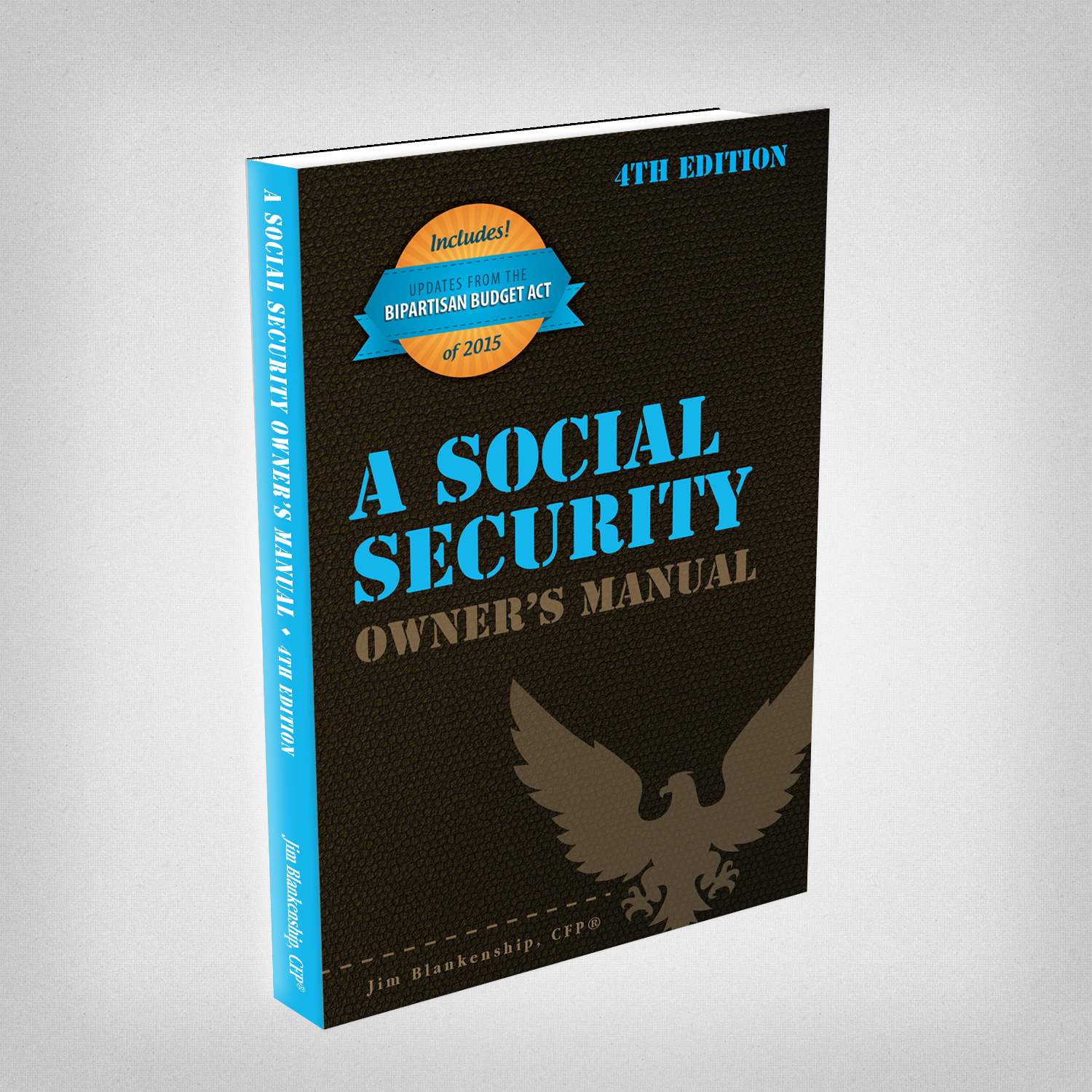
Photo credit: jb
As you know, it is against all the rules to use your IRA to invest in anything which benefits you or a related party. This is one quick way to get your entire IRA disqualified, quite likely owing a big tax bill and penalties as well.
However – and there’s always a however in life, right? – there is one possible way that you could use funds from an IRA to invest in your own business. It’s a bit tricky, but it is a perfectly legal, in fact encouraged, method.
Howzat? The IRS encourages the use of IRA funds for your own business? Not exactly. There’s more to it than that. The IRS encourages by preferential law the use of 401(k) funds to invest in the business sponsoring the plan. A 401(k) is a type of qualified retirement plan that is allowed specifically to invest in the stock of the employer.
So, if you start a business and it’s incorporated (specifically a C corporation, not an S corporation), you can adopt a 401(k) and roll your IRA into the plan, then use the 401(k) funds to invest in your business. You have to make certain that the 401(k) follows all the usual rules – the plan has to be primarily designed to provide retirement benefits, it must be permanent in nature, you must make substantial and recurring contributions, and the plan must not discriminate against employees. Generally this business must be a new start up in order for the process to fit in with the rules.
Done correctly, this is a tax-free way to access your retirement savings funds to underwrite your new business. Since it’s not a loan per se, there is no requirement for lender approval or specific credit requirements, either.
This sort of use of your retirement funds comes with risks, for sure. The IRS admits that a high percentage of businesses adopting a ROBS strategy ultimately fail. And this means that a significant portion of your retirement savings will be lost as well.
This is definitely not for the faint of heart. Although all the statutes allow the method as legal, the IRS is well aware of the method and they don’t seem to like it much. They’re referring to this activity as “rollovers as business startups”, or ROBS, and they are siccing their auditors on abusers of the option. I suspect that the main reason that folks run afoul of the IRS on this is if they don’t stick with the requirements for a valid plan and abuse the privilege. I recommend getting a professional (accountant or lawyer, or both) to assist with setting up the plan so that you don’t make any mistakes.
As with many of these sorts of schemes, I don’t recommend it for regular use. It could work for special circumstances though – but you should definitely be very careful if you decide to give it a shot. The downside could be significant and painful.


 Sterling Raskie, MSFS, CFP®, ChFC®
Sterling Raskie, MSFS, CFP®, ChFC® The latest in our Owner’s Manual series, A 401(k) Owner’s Manual, was published in January 2020 and is available on
The latest in our Owner’s Manual series, A 401(k) Owner’s Manual, was published in January 2020 and is available on  A Medicare Owner’s Manual, is updated with 2020 facts and figures. This manual is available on
A Medicare Owner’s Manual, is updated with 2020 facts and figures. This manual is available on  Social Security for the Suddenly Single can be found on Amazon at
Social Security for the Suddenly Single can be found on Amazon at  Sterling’s first book, Lose Weight Save Money, can be
Sterling’s first book, Lose Weight Save Money, can be  An IRA Owner’s Manual, 2nd Edition is available for purchase on Amazon. Click the link to choose the
An IRA Owner’s Manual, 2nd Edition is available for purchase on Amazon. Click the link to choose the  Jim’s book – A Social Security Owner’s Manual, is now available on Amazon. Click this link for the
Jim’s book – A Social Security Owner’s Manual, is now available on Amazon. Click this link for the  And if you’ve come here to learn about queuing waterfowl, I apologize for the confusion. You may want to discuss your question with Lester, my loyal watchduck and self-proclaimed “advisor’s advisor”.
And if you’ve come here to learn about queuing waterfowl, I apologize for the confusion. You may want to discuss your question with Lester, my loyal watchduck and self-proclaimed “advisor’s advisor”.